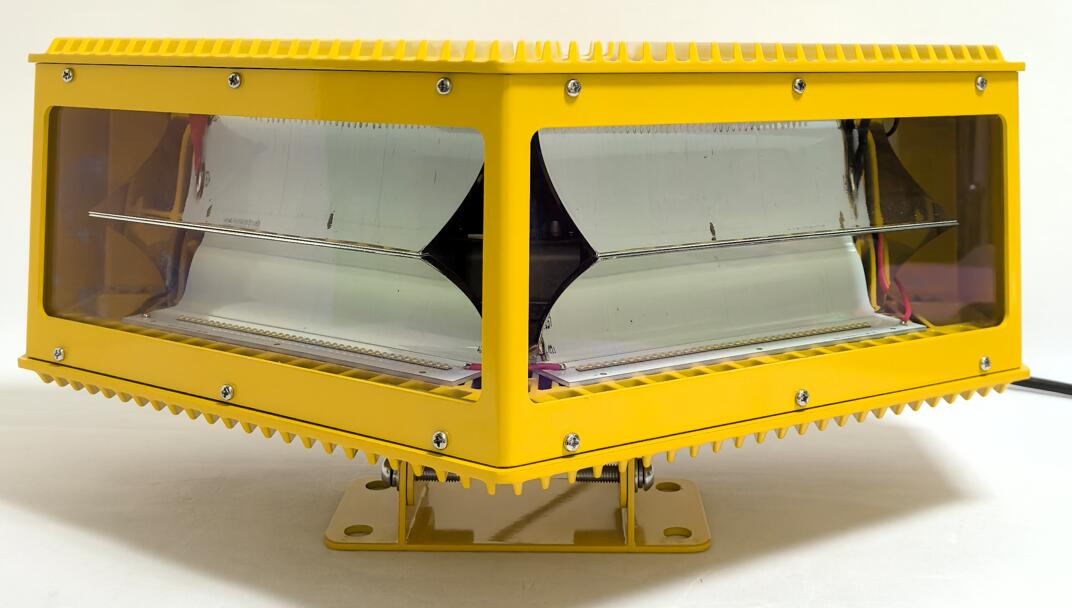Obstruction Light Technology: The Guardian of Aviation and Infrastructure Safety
As urbanization and industrial expansion continue, tall structures such as skyscrapers, wind turbines, and telecommunication towers increasingly populate our skies. These structures, while essential for modern life, pose significant risks to aircraft, particularly during low-visibility conditions. Obstruction lights serve as a critical safety measure, alerting pilots to potential hazards and preventing collisions. This article examines the importance, types, and advancements in obstruction light technology, highlighting their role in modern aviation and infrastructure safety.
The Purpose of Obstruction Lights
Obstruction lights are specialized warning devices installed on tall structures to enhance their visibility to aircraft. Regulatory bodies such as the FAA (Federal Aviation Administration) and ICAO (International Civil Aviation Organization) mandate their use on structures exceeding certain heights. These lights ensure that pilots can identify obstacles from a safe distance, reducing the risk of accidents, especially at night or in adverse weather.
Types of Obstruction Lights
Different structures require varying intensities and configurations of obstruction lights, classified into three main categories:
1. Low-Intensity Obstruction Lights
Used on structures below 150 feet (45 meters).
Typically emit steady red light.
Common on small buildings, cranes, and temporary structures.
2. Medium-Intensity Obstruction Lights
Required for structures between 150 and 500 feet (45–150 meters).
Available in white flashing or steady red variants.
Often used on telecom towers and mid-rise buildings.
3. High-Intensity Obstruction Lights
Mandatory for structures taller than 500 feet (150 meters).

Emit bright white flashes visible from long distances.
Essential for skyscrapers, wind farms, and tall broadcasting towers.
Key Features of Modern Obstruction Lights
To maximize effectiveness, obstruction lights incorporate several advanced features:
Durability: Built to withstand extreme weather, including hurricanes, heavy snow, and corrosive environments.
Energy Efficiency: LED technology reduces power consumption while maintaining high visibility.
| obstruction light |
Automation: Photocell sensors enable automatic activation at dusk and deactivation at dawn.
Remote Monitoring: IoT-enabled systems allow real-time status checks and fault detection.
Applications Across Industries
Obstruction lights are vital in multiple sectors:
| obstruction lights |
1. Aviation & Airports
Installed on control towers, hangars, and runway equipment to guide pilots.
2. Wind Energy
Wind turbines, often located in remote areas, rely on obstruction lights to prevent collisions with low-flying aircraft.
3. Telecommunications
Cell towers and broadcast antennas require lighting to comply with aviation safety regulations.
4. Urban Infrastructure
Skyscrapers and bridges use obstruction lights to enhance visibility for helicopters and small aircraft.
Technological Advancements
Recent innovations have transformed obstruction light systems:
Solar-Powered Lights: Reduce dependency on electrical grids, ideal for remote installations.
LED Technology: Longer lifespan, lower energy consumption, and brighter illumination than traditional xenon strobes.
Smart Systems: AI-driven diagnostics predict maintenance needs, minimizing downtime.
Regulatory Standards
Global aviation authorities enforce strict guidelines for obstruction lights:
FAA (USA): Specifies lighting requirements in Advisory Circular 70/7460-1K.
ICAO (International): Sets universal standards under Annex 14.
EASA (Europe): Ensures compliance across EU airspace.
Future Trends
The future of obstruction lights includes:
Adaptive Lighting: Adjusts brightness based on weather conditions.
Drone Integration: Automated drones could inspect and maintain hard-to-reach lights.
Enhanced Connectivity: 5G-enabled monitoring for faster response times.
Obstruction lights are an unsung hero of aviation safety, preventing countless accidents by making hazards visible to pilots. As technology evolves, these systems will become smarter, more efficient, and more reliable, ensuring safer skies for future generations. Whether on a city skyscraper or a remote wind turbine, obstruction lights remain a crucial component of global infrastructure safety.
